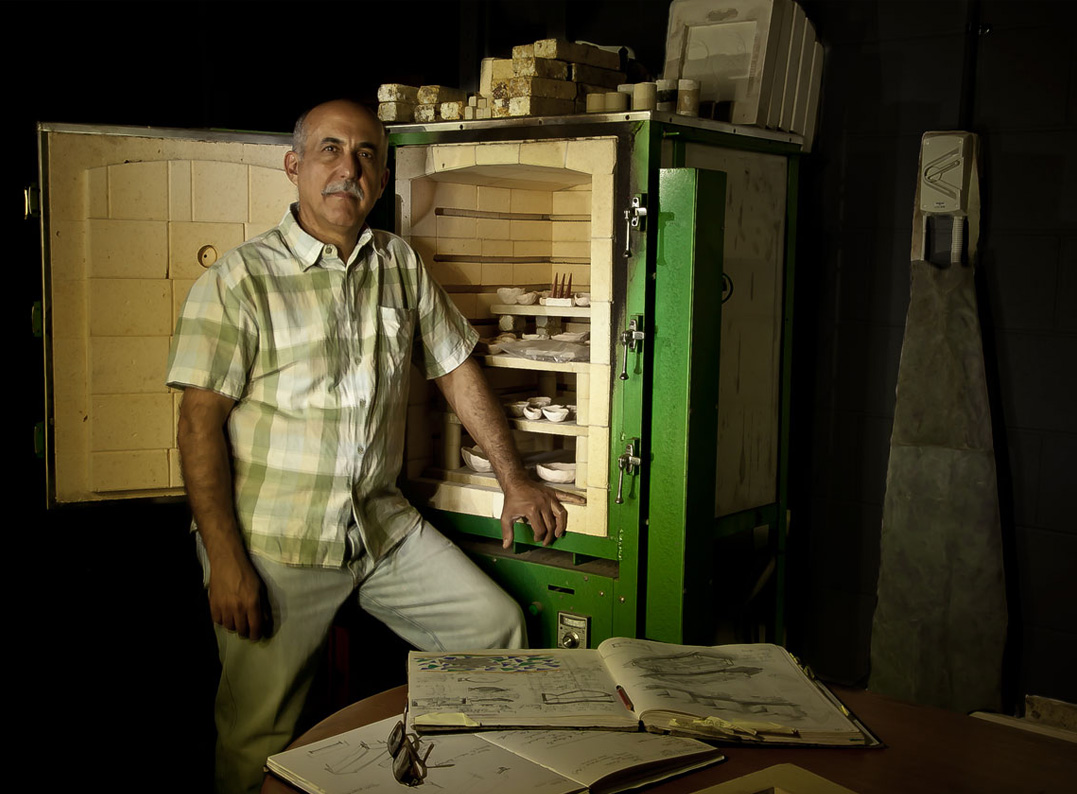
If you love Italy and art, like I do then Naples, Vespas and Caravaggio are three words that will make your heart skip a beat. The question is, what do these three things have in common and how have they influenced and inspired Jacqueline Bawtree, photographic artist, writer and storyteller?
Welcome to the first in a series of interviews called Creatively Speaking where I’m sharing conversations with artists about their creative inspiration and processes – something I’m endlessly interested in as I continue my own artistic practice in photography.
Jacqueline and I started working on this blog back in 2014 and it’s been an on-going conversation that we’ve finally finished to launch this interview series. Jacqui and I first met when we both worked for a communications agency in Sydney. Over the years we’ve shared a similar journey pursuing something we both love – photography. I have deep admiration for Jacqui’s work and I’m excited that she’s my first interview for Creatively Speaking. So if, like me, you love Naples and Italy, you’ll love reading this. My advice: go grab a cup of tea, or a cappuccino (since we’re talking Italy), a hot chocolate or an aperativo depending on what takes your fancy and take some time out to read this inspiring story and see how an accident lead to the creation of her artistic practice. Would love to hear your thoughts in the comments below.
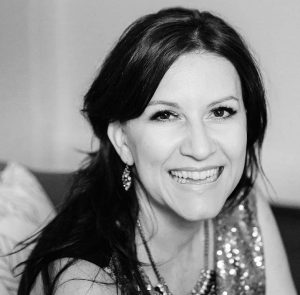
Jacqueline Bawtree, Photo by Kris Ashpole
Tell us about your background and what lead you to photography?
My background is in sponsorship and the operational side of major events. Back in 2009, I needed some time out from the madness of my role with one of Australia’s leading sports organisations, and I took off to Italy for a career break. I enjoyed my work but needed a fresh sense of direction. I wanted to see where the road led!
Four months into my trip, I found myself embedded into said road – literally. Lying on the cobblestones of via Santa Teresa degli Scali in the historic centre of Napoli, I had been run down by a quintessential Italian moped.
I account my 21 days in l’ospedale dei Pelligrini (the hospital of the Pilgrims) as one of life’s defining moments. Barely able to speak the language, my Italian arm waving skills were also reduced by a smashed arm on one side, and often as not needles in the other.
For three weeks I lay there watching lives passing by, interacting with me primarily through non-verbal actions and facial expressions. It changed how I saw, how I listened, how I understood. Despite all the difficulties of the experience, I was blessed by those I met in hospital.
I realized through travel and in the aftermath of recovery there was a storyteller inside me. I love writing and considered doing a degree in creative writing, but decided that developing skills in a visual medium, might actually help me by extending the visual expression in my writing skills.
Returning to Australia and a long recovery, restless and questioning about what would fulfil me vocationally, I had a light bulb moment and decided to do a degree in photography.
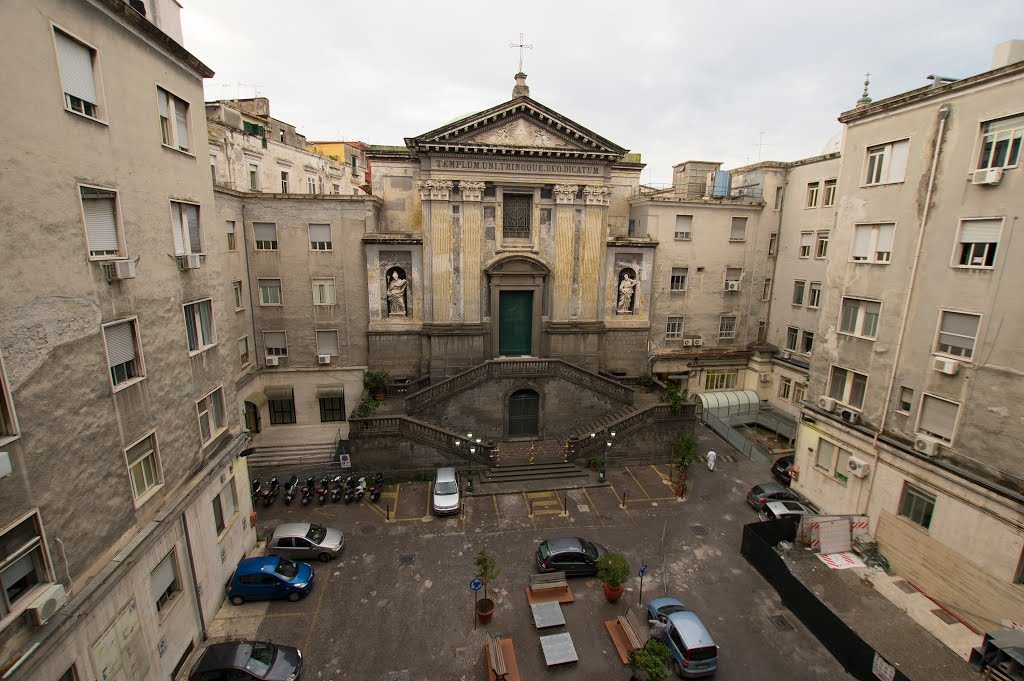
l’ospedale dei Pelligrini, Napoli where Jacqui spent 3 weeks recovering from her accident
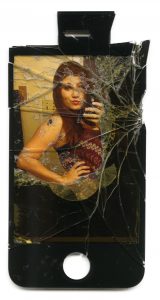
© Jacqueline Bawtree
You studied at Queensland College of the Arts. What was the single biggest learning during your degree?
It’s hard to slow down the photographic process when you are so used to the instant results of digital but so important.
We were fortunate to still have darkrooms and I loved experimenting with ideas beyond a piece of film or what had been created in camera. I did a project #whoareallthesepeople, which used public images (selfies) on the internet, blended with broken glass and then scanned.
It felt so odd not taking photos, but I loved the visual learning’s I experienced and eventual results.
I also love the feeling of making rather than just working through digital devices all the time.
So back to Italy, what inspired you to undertake your series ‘Italian Portrait’?
I have a dream to go back to Napoli and take portraits of the people I met during my hospital stay – to capture the heart and soul of a city that showed what a beautiful place she is through the people who loved and cared for me during my trauma (I was travelling alone when the accident happened).
When I embarked on this series in 2014, I was looking for a way to begin exploring a style of imagery I might want to shoot them in when I return. Caravaggio has had a major influence on Napoli despite only spending a short time there. His work, Sette Opere di Misericordia, The Seven Works of Mercy in the Pio Monte della Misericordia, had a particular impact on me in regards to the heart of the city and her response to strangers in need; and to me, his chiaroscuro style captured the soul of Napoli. It truly is a city of di ombre e la luce (of shadows and light).
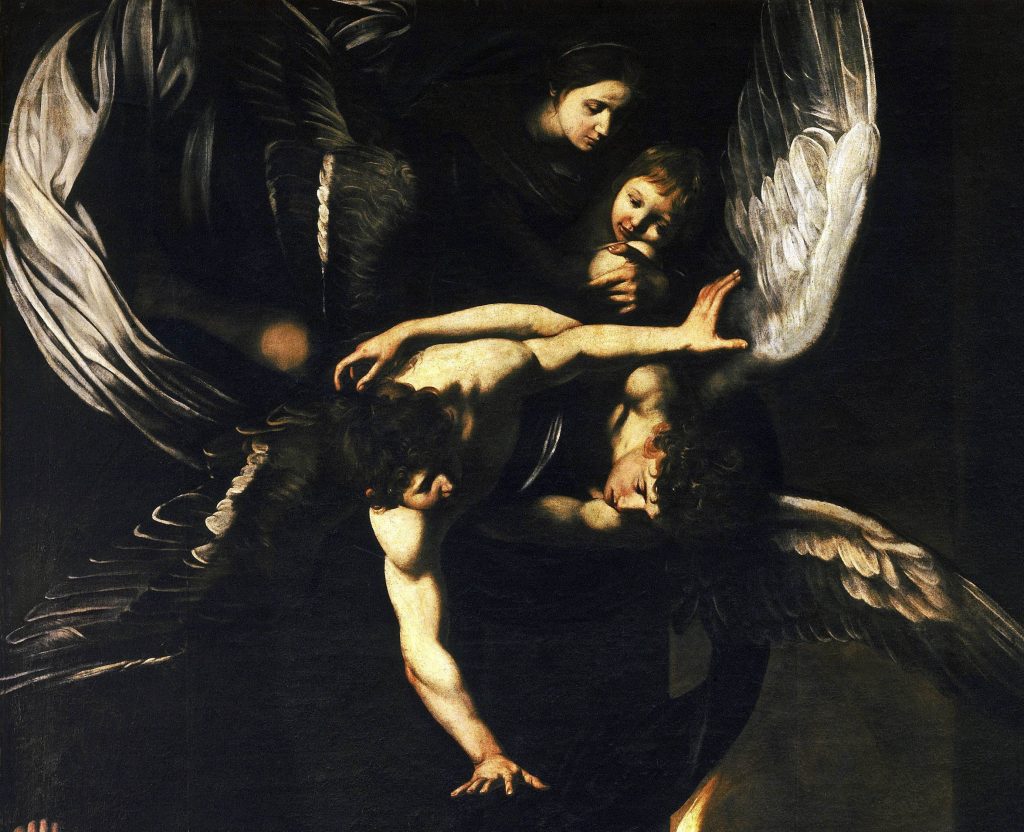
Detail, Sette Opere di Misericordia, in the Pio Monte della Misericordia
What ended up being the focus for the Italian Portrait Series and what was the process you used to make these images?
The Italian Portrait Series ended up being an exploration of stories from members of Brisbane’s Italian community, from families who settled in Australia during the 20th cenutry. The images explore the impact their heritage and the immigrant experience of their extended family has had on their personal and vocational lives. In association with Italian Week 2014, the images and full stories can also be found at www.italianweek.com.au.
For half of these portraits, I managed to use light painting to get the desired effect. But it is very hard to do with humans! They have to sit very, very still while I ‘paint’ them into the image using a torch with the camera on a long shutter speed. The other half, I went with studio lighting. I cringe a little looking at them now as they are technically lacking, but I know the process has great potential and plan to do more. I also went with the idea of exploring my local Italian community as I realized I knew so little about Brisbane’s Italian heritage.
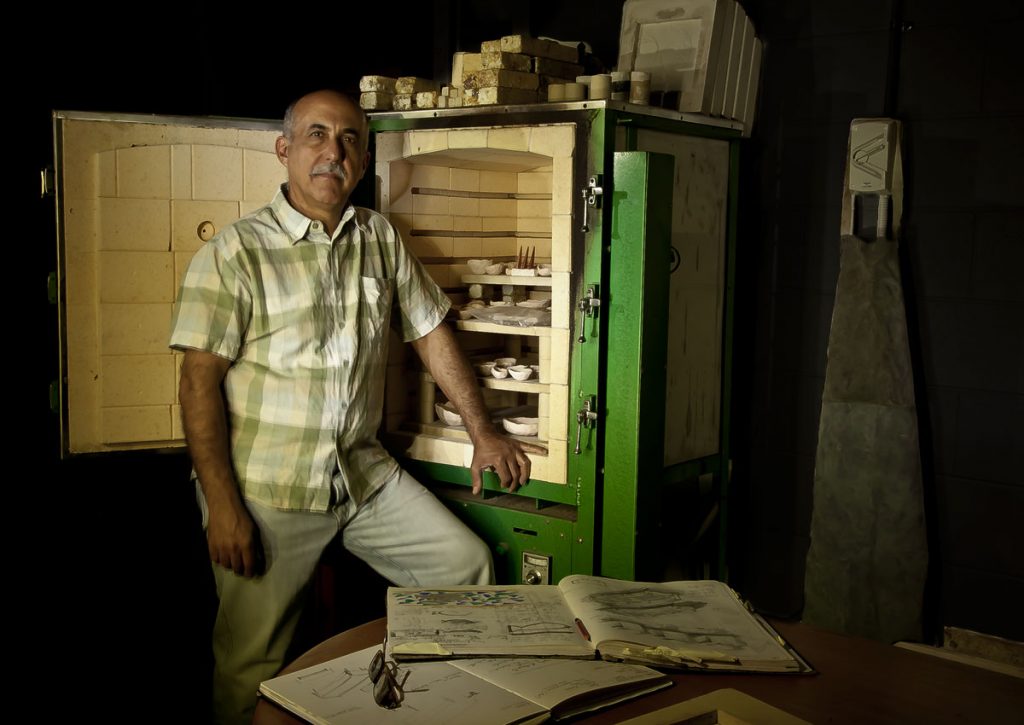
Salvatore, © Jacqueline Bawtree
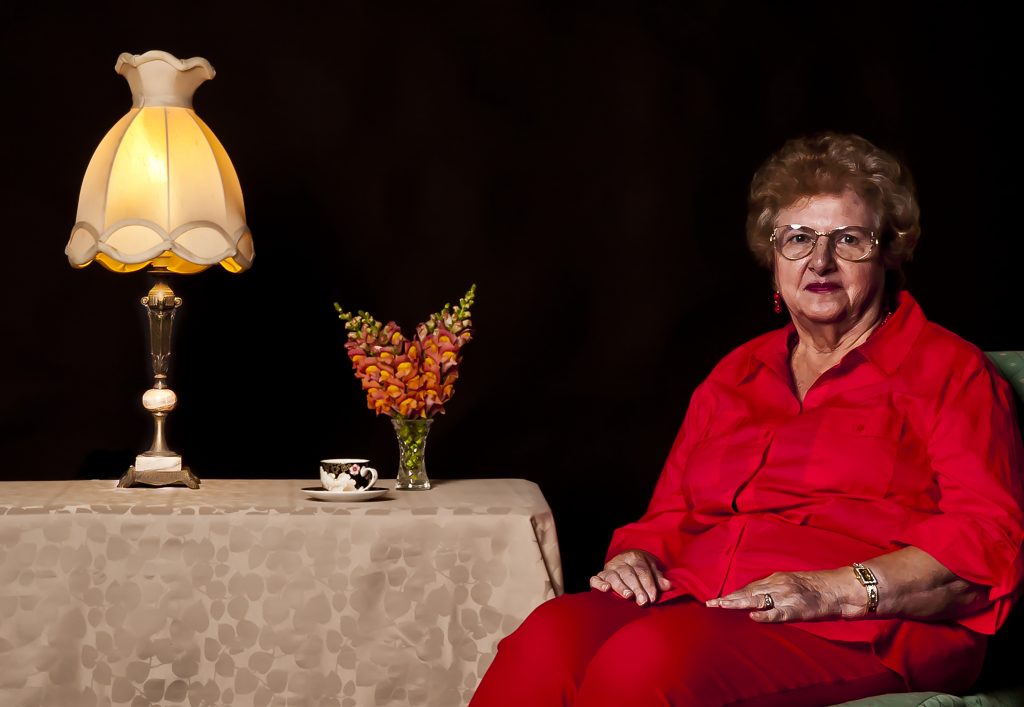
Carmello, © Jacqueline Bawtree
Tell us about your most recent body of work/ project
Moments of Grace came about by chance, inspired by times of deep personal challenge and the sensation of being in the arms of God… cradled in freefall.
I was still thinking about doing more chiaroscuro images and how I might be able to expand my ideas and improve my processes around the Italian Portrait series. Deep darkness interspersed with light and the ‘Caravaggesque’ tradition of chiaroscuro, again played a key influence in this project, as I explored my own response to the profundity of emotions wrought by deep spiritual connection in times of crisis.
Just casually experimenting with light and movement at home, I went back to the moment of my accident in Napoli. I distinctly remember the moment I was thrown into the air by the impact of the moped and left powerless as I flew 5-10 metres up the road before I came crashing back to the ground. I was experimenting with that feeling with my camera and remote clicker. I had avoided, throughout art school, using myself as the subject in images. But after my first few experiments it seemed right. It was emotional to take myself back to that moment of terror, fear that this could be death calling, but at the time I remember also having complete faith that I was in the arms of God. As I experimented with movement in front of the camera started something to gel in regards to other moments in my own life where I had no control. Not just the obvious one of the accident and following recovery, but also emotional stresses such as a divorce and the fallout that came with that great life disappointment. In some of the images the remote camera trigger is still quite visible and I left it in as a play on our desire to have control when control is often not in our hands.
- © Jacqueline Bawtree
How would you describe your creative process and how have you developed it over the last few years?
I don’t think I have a refined creative process, however one of the key areas I grew in while studying was learning to let go. Not trying to control my photoshoots (the event manager in me) but allowing myself to explore, experiment, try different approaches, different methods. It’s hard for me to do as a super control freak organizer but also a wonderfully liberating exercise when I do manage to let go and allow the creativity to flow.
Where do you go for creative inspiration?
So many places really. I think any opportunity for quiet reflection provides inspiration. In church, in art galleries, walking somewhere beautiful. I try my best to ‘look up’ wherever I go. I try and be present with what is happening around me, not get caught up looking at my phone, looking at my feet as I walk. Looking around and trying to see things through fresh eyes like you do when travelling and away from every day routines. I want to keep that mindset of being present where you are and looking, absorbing, engaging, being inspired by everything I see from interactions between people in the street to the bark of a tree trunk, to the architecture of a building I may have walked past a thousand times but not have noticed the intricacies or special features.
Who are your top three photographers who you draw inspiration from?
Renata Buziak. Her biochrome process of organic decomposition and its effect on photographic materials is astounding conceptually, and incredibly beautiful. Her work was a big part of the realisation for me of the different forms photography can take. I find her research absolutely fascinating and her final works are stunning – like elaborate paintings.
Sara Farid. A photojournalist in Islamabad, Pakistan. I love seeing the different approach women have to storytelling and their inherent ability to access stories about women and children from a uniquely female centered approach.
Polish photographer Anna Bedynska who I attended a workshop with back in 2013 while on a university trip that took us to the Academy of Fine Arts in Warsaw. As well as loving her work, I was inspired by the strong femininity and themes expressed in the style of her work. The photo below is a beautiful example of her work.

© Anna Bedynska, used with permission
What’s your photographic dream?
Once I accepted that I actually still love working on events, photography has now happily become a creative outlet and ongoing engagement with my love of storytelling. I still do occasional paid jobs for friends, and sometimes pick up the camera for work purposes for the joy of it. It is nice to make a few extra dollars from it from time to time, but when I came to the realization that being an ‘amateur’ was okay, it was quite liberating.
There was a good article on ArtsHub about this recently – Amateur is not a Dirty Word. I love a key point in the article that “amateur” comes from the Latin word “amare,” which means ‘to love’. Being an amateur means ‘To do things for the love of it’.
I will continue to take photos, enter competitions, taking on soul feeding projects like Bangladesh [see below], hopefully return to Napoli eventually to capture portraits of those so special to me, and I would also love to dabble in the still life genre a little more. If it all eventually comes to something more, fabulous! But for now, I am happy to do it as and when I can and purely for the love of storytelling.
What’s your next project?
I’ve just returned from Bangladesh where I spent 10 days with the NGO Symbiosis International. We had a group travelling to Dhaka and Mymensingh to visit some of the projects and I captured stories of the people they are working with. We were all volunteers, passionate about the work Symbiosis is doing to empower those with so little in this densely populated country.
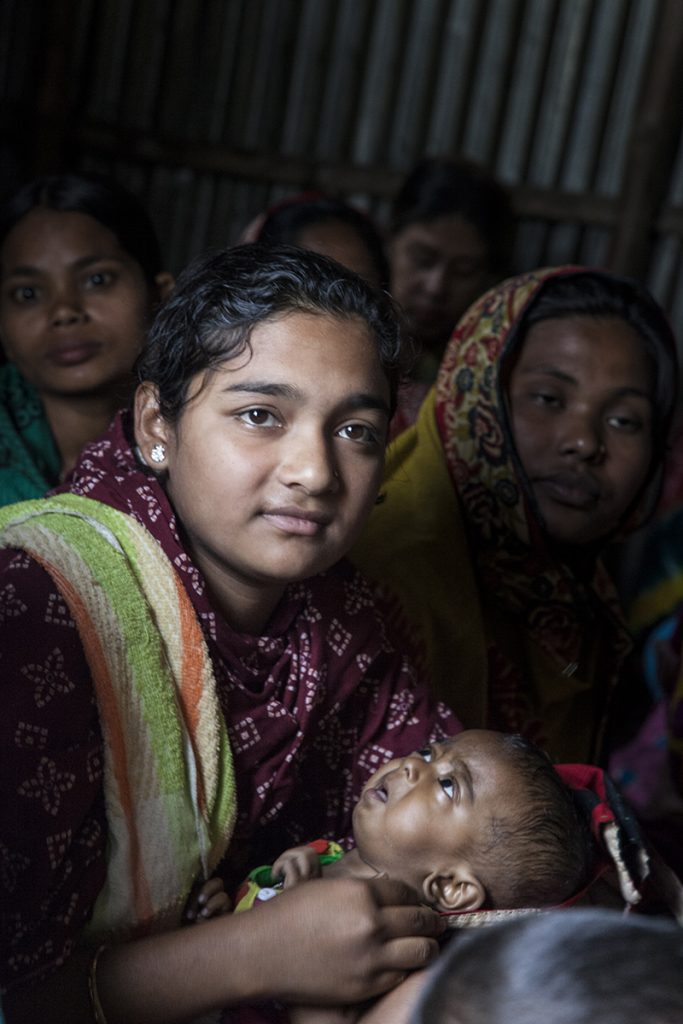
Mother and baby. © Jacqueline Bawtree
Lastly: What’s your favourite quote – one that guides your work or your life?
One doesn’t discover new lands without consenting to lose sight, for a very long time, of the shore. André Gide
A huge thank you to my beautiful friend Jacqui for sharing not only her personal story but also her creative process and inspiration. You can view more her wonderful and thought provoking work here.
Kris xx


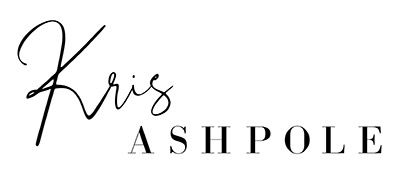
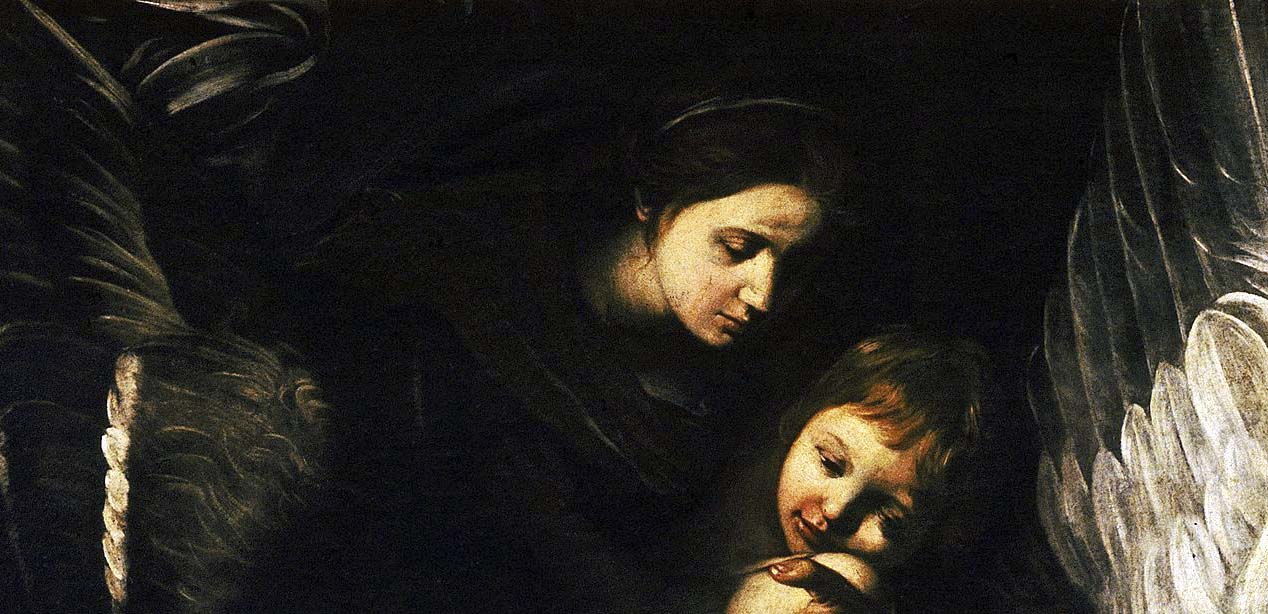
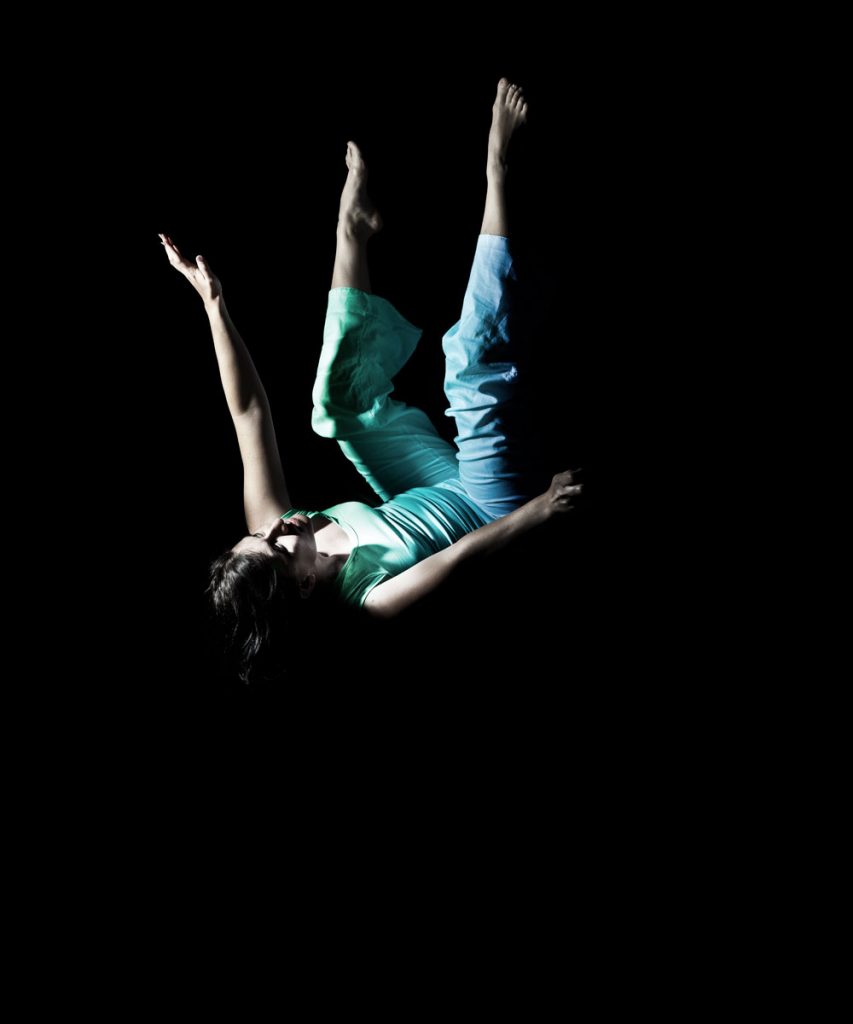
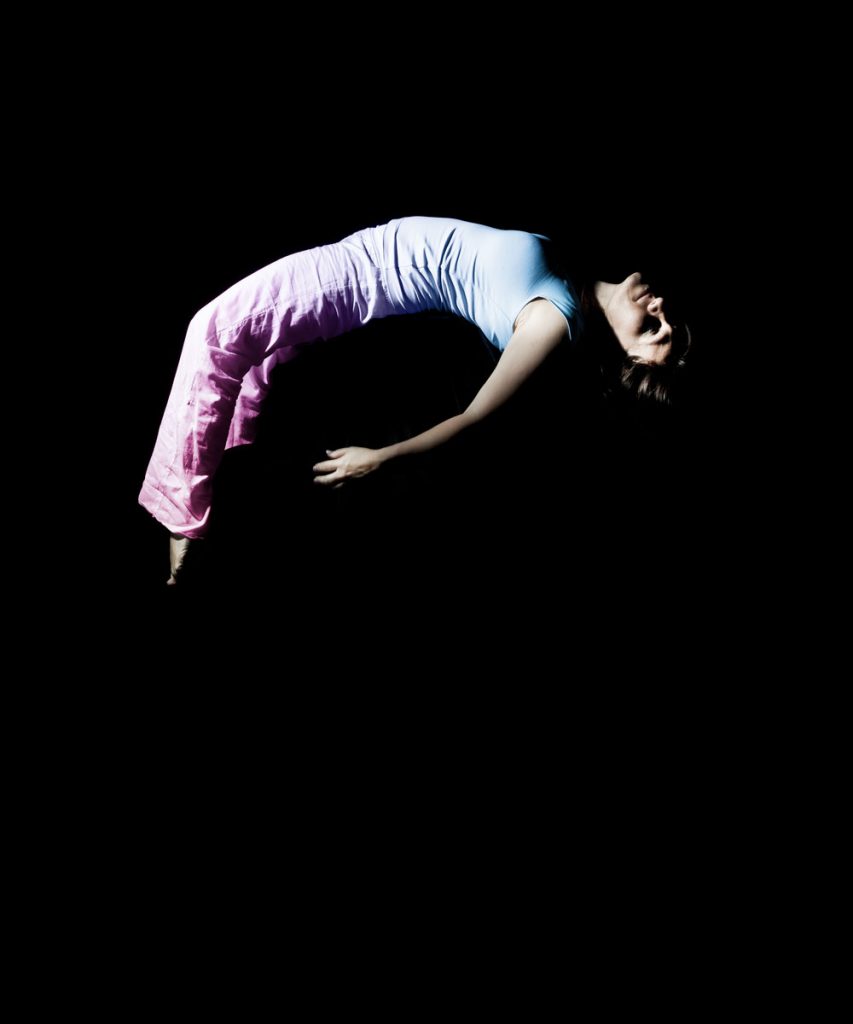
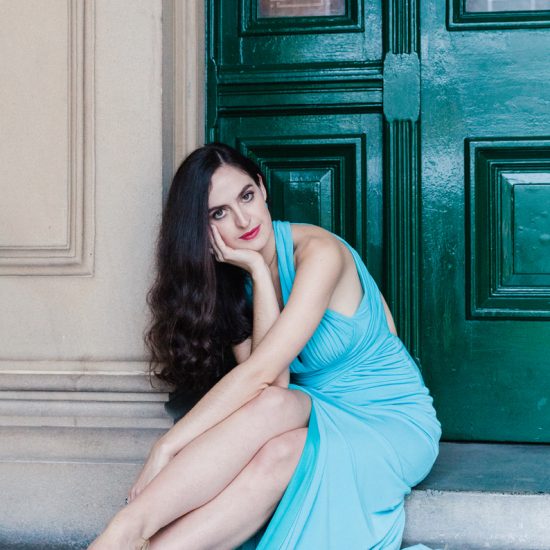


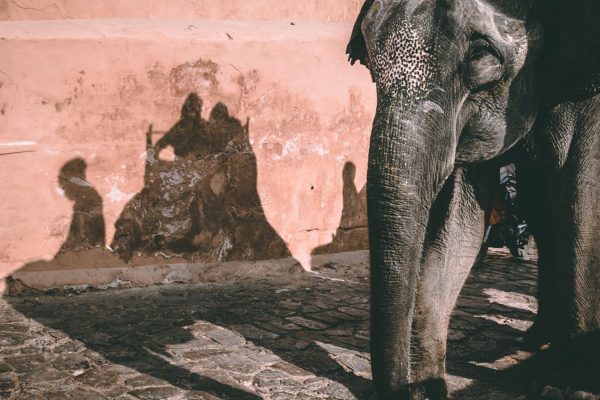
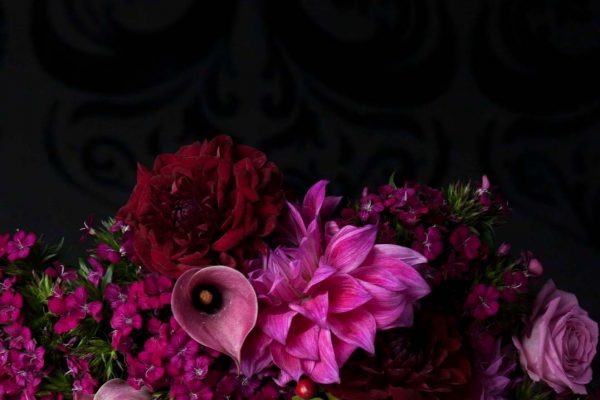

Sue
Fantastic post. Appreciate it!